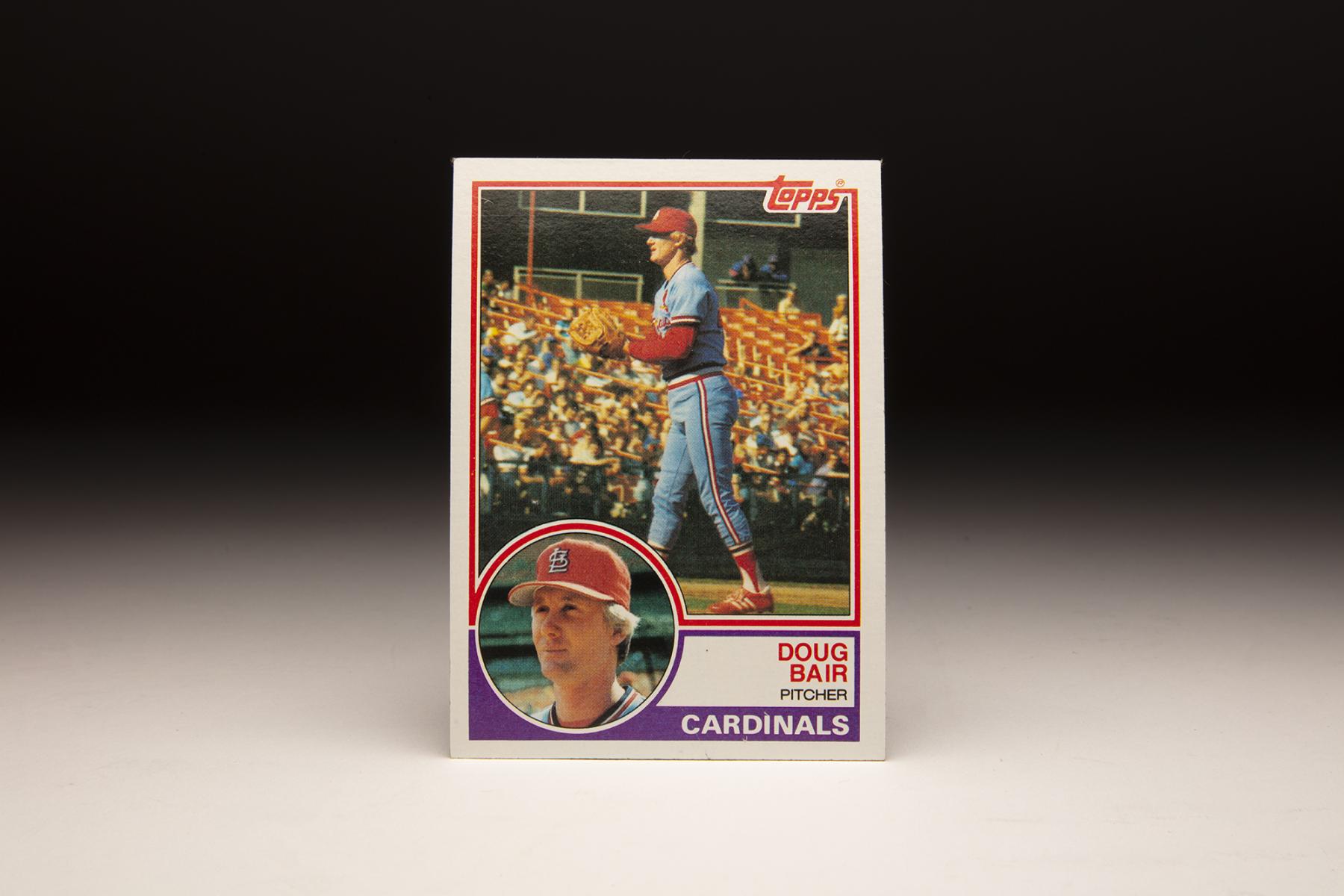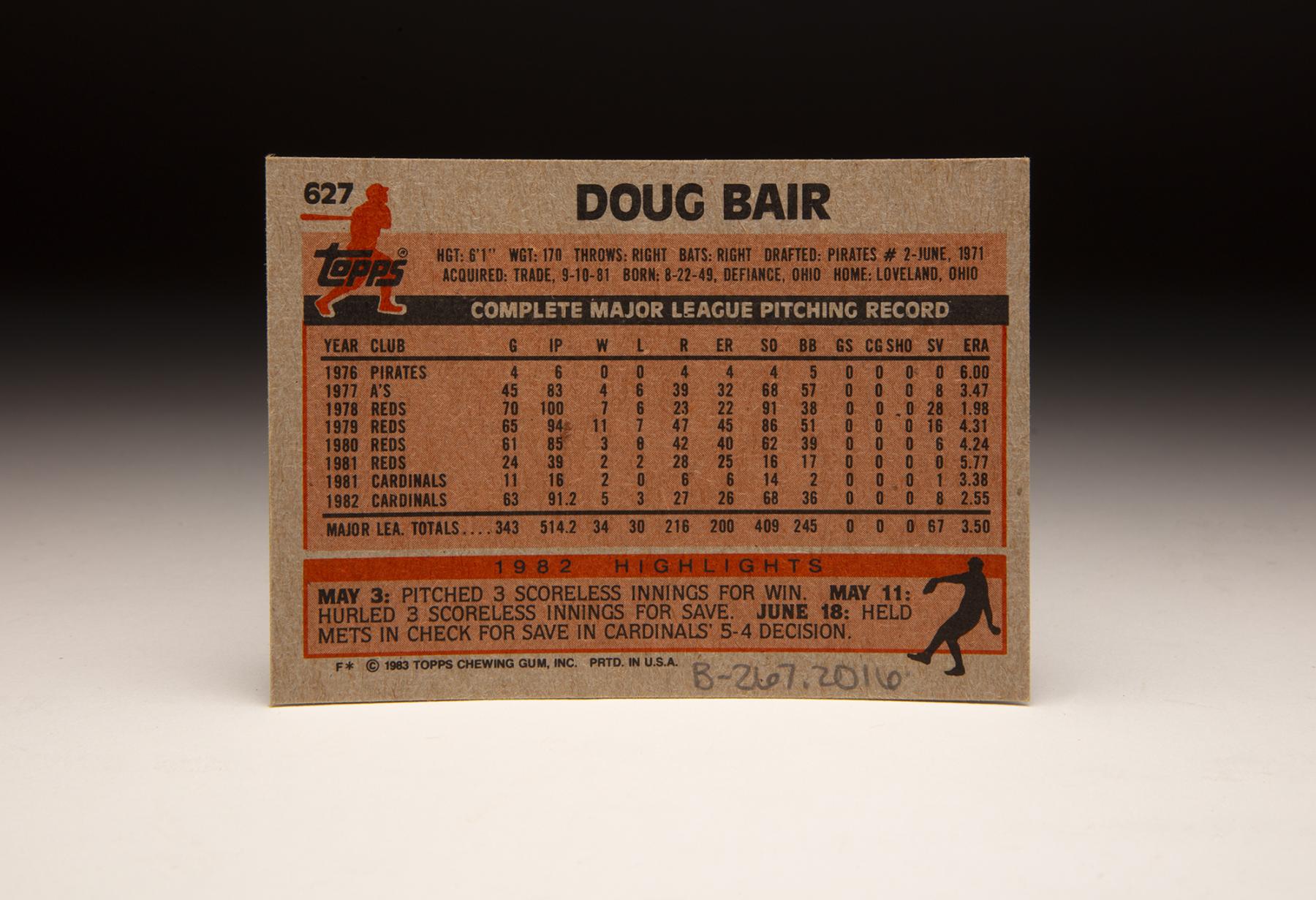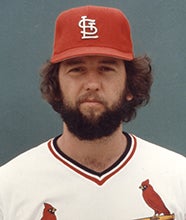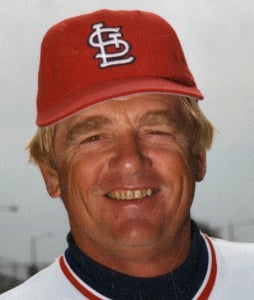- Home
- Our Stories
- #CardCorner: 1983 Topps Doug Bair
#CardCorner: 1983 Topps Doug Bair
After winning three World Series championships with his Oakland Athletics in the early 1970s, Charlie Finley embarked on one of the great talent sales in big league history.
Over the course of three offseasons, Finley sold, traded or simply lost to free agency players like Catfish Hunter, Reggie Jackson, Ken Holtzman, Joe Rudi, Sal Bando, Bill North, Gene Tenace and Rollie Fingers.
Hall of Fame Membership
There is no simpler, and more essential, way to demonstrate your support than to sign on as a Museum Member.
The predictable result saw the A’s go from 98 wins in 1975 to 98 losses two years later.
But lost in the tumult was perhaps the single greatest heist of the 1970s, scored in Finley’s favor.
And Doug Bair was right in the middle of it.
Bair, born Aug. 22, 1949, in Defiance, Ohio, was a 1971 second round pick by the Pittsburgh Pirates out of Bowling Green State University. After getting his feet wet in Class A and Double-A that season, Bair went a combined 15-8 in Class A and Triple-A with a 2.93 ERA and 191 strikeouts in 184 innings in 1972. But in a deep Pirates farm system, Bair was unable to make the jump to the majors.
Over the next three seasons, Bair started 26 games every year for the Triple-A Charleston Charlies before the Pirates moved him to the bullpen in 1976. He went 7-10 with eight saves in 45 games with the Charlies in that Bicentennial summer, finally earning a late-season call-up to the Pirates – appearing in his first four games at the age of 27.
Then, on March 15, 1977, the Pirates shipped six players, including Bair, to the Athletics in exchange for Phil Garner, Tommy Helms and Chris Batton. Garner, who had forced a trade by refusing Finley’s contract offer, was the centerpiece of the deal for the Pirates – who were in need of help at third base.
Finley, though, received a prospect haul nearly unmatched for the era.
In addition to veteran pitchers Dave Giusti and Doc Medich, the A’s received outfielders Mitchell Page and Tony Armas to go along with pitchers Rick Langford and Bair. Combined, the four prospects would play 48 big league seasons – with Armas earning two All-Star Game selections, Page finishing a close second in the 1977 American League Rookie of the Year voting and Langford leading all of baseball in complete games in 1980 and 1981 while posting 31 wins over those two seasons.
Bair’s brush with big league stardom – unlike the other Armas, Page and Langford – did not come in Oakland. After some rough outings to start the 1977 season, Bair was sent to Triple-A San Jose of the Pacific Coast League, where he went 5-2 with a 2.18 ERA in 20 games. Upon returning to the A’s, Bair settled into a groove with his sinking fastball, winding up the season with a 4-6 record, eight saves and a 3.46 ERA in 45 games.
Early in Spring Training of 1978, Finley dealt Bair to the Reds in a one-for-one trade for first baseman Dave Revering. He earned his first save of the year in Cincinnati’s third game of the season, didn’t allow an earned run until May 13 and finished the year with a 7-6 record, 28 saves and a 1.97 ERA in 100.1 innings pitched. The Reds were 50-20 in games Bair appeared that season.
The next season, Bair struggled early and lost the closer’s job to Tom Hume in July. But he still won 11 games and saved 16 more for a Cincinnati team that captured the NL West title before losing to the Pirates – with Garner now at second base – in the National League Championship Series.
Now 30 years old, Bair took on the nomadic role of a veteran reliever. The Reds traded him to the Cardinals on Sept. 10, 1981, and in 1982 Cardinals manager Whitey Herzog used Bair as a set-up man for closer Bruce Sutter – with Bair going 5-3 with a 2.55 ERA in 63 games. Bair appeared in four games during the Postseason that year as the Cardinals won the World Series.
His 1983 Topps card features Bair in a Cardinals uniform – rocking into his right-handed motion, perhaps ready to throw the sinking fastball that was his bread-and-butter pitch throughout his career. An unimposing presence at 6-foot and 170 pounds, Bair nonetheless was at his best when spotting his two-seam fastball that often darted out of the strike zone.
The Cardinals shipped Bair to the Tigers midway through the 1983 season, and in 1984 Bair again filled the role of a set-up man – this time for eventual AL Cy Young Award winner and AL MVP Willie Hernandez. Bair was 5-3 with a 3.75 ERA in 47 games, helping Detroit get off to a torrid 35-5 start by pitching his most effective ball over the first half of the season.
Bair appeared in one World Series game that year as the Tigers gave Bair his second World Series ring in three seasons.
Detroit released Bair during the 1985 season, but he re-signed with the Cardinals on Sept. 2 of that year – appearing in two games while helping St. Louis win another NL East title. From there, Bair finished his career with more stints with Oakland and Pittsburgh as well as stops in Philadelphia and Toronto.
Over 15 seasons, Bair was 55-43 with 81 saves and a 3.63 ERA over 584 games.
With a regimented stretching program, Bair maintained a 90 mph-plus fastball into his final big league years. His last MLB game came on Oct. 3, 1990, with the Pirates, but Bair also pitched in Triple-A in 1991 and 1992 before calling it a career.
One of the first generation of set-up men, Doug Bair proved the big leagues were indeed worth the wait.
Craig Muder is the director of communications for the National Baseball Hall of Fame and Museum
Related Stories
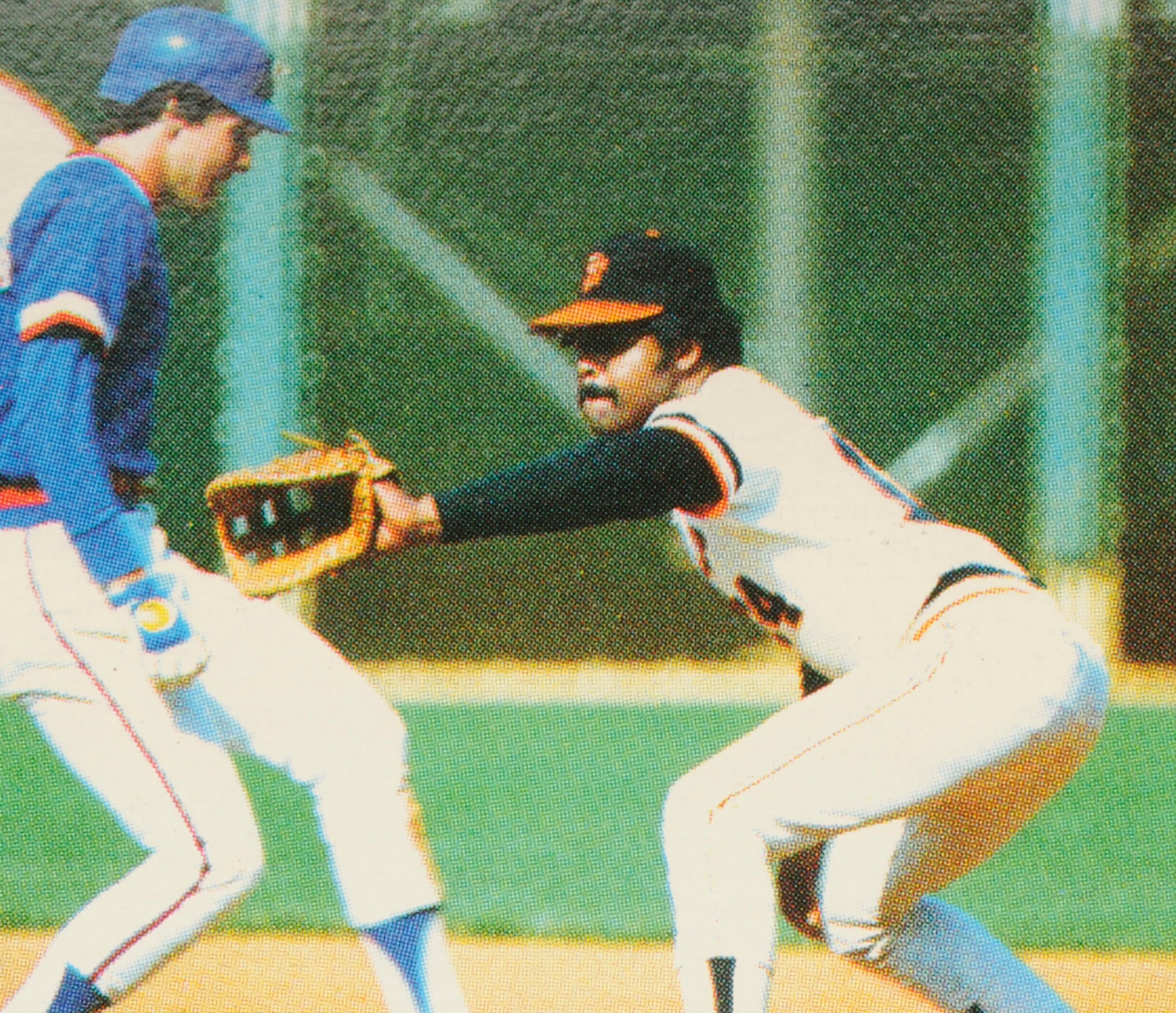
#CardCorner: 1983 Topps Reggie Smith

#CardCorner: 1983 Topps Dave LaRoche
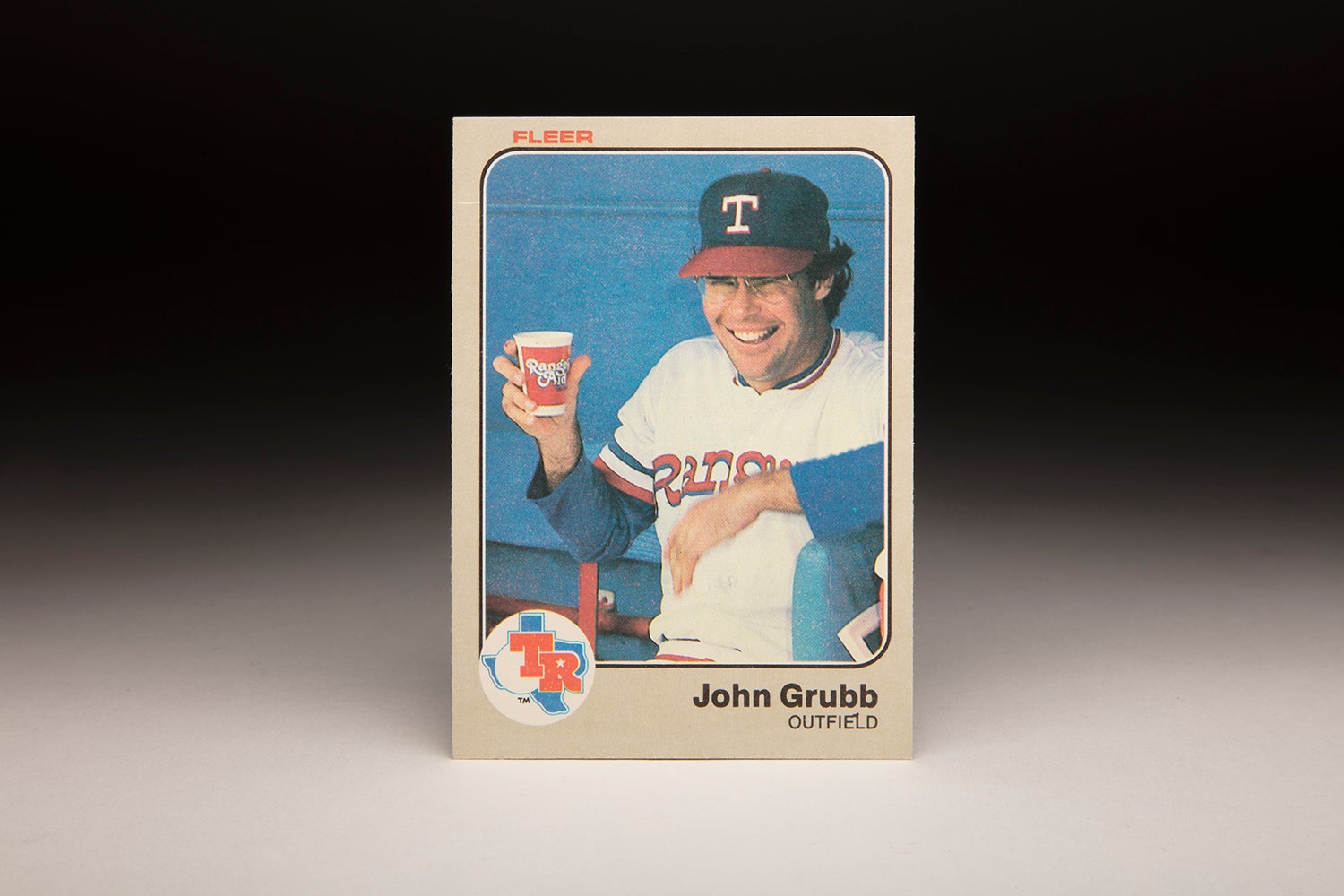
#CardCorner: 1983 Fleer Johnny Grubb
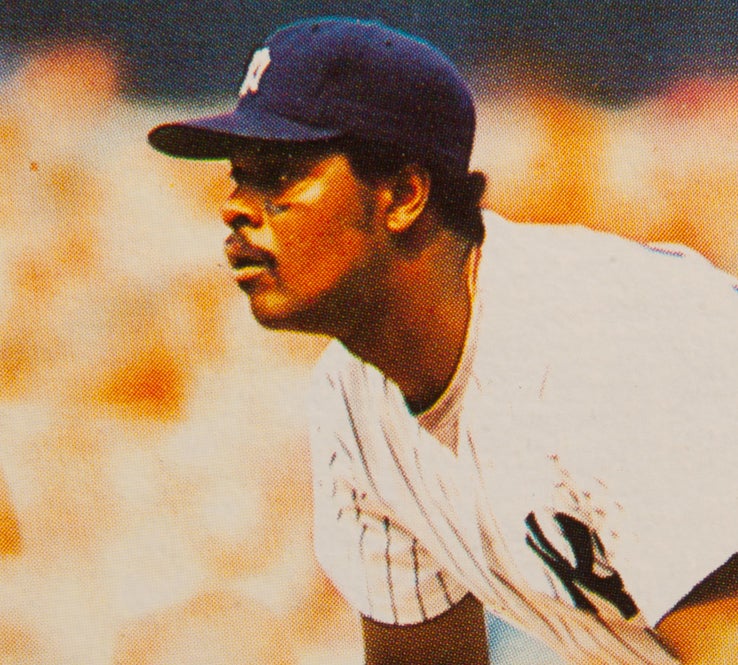
#CardCorner: 1983 Topps John Mayberry

#CardCorner: 1983 Topps Reggie Smith

#CardCorner: 1983 Topps Dave LaRoche

#CardCorner: 1983 Fleer Johnny Grubb


